As we wrap up National Historic Preservation Month, we are highlighting the last of our 2022 Community Initiative Award winners. In this week’s post, we talked with Mark Zerr, Executive Director of the Hay Creek Valley Historical Association (HCVHA), about their successful efforts to protect and interpret Joanna Furnace.
Joanna Furnace is located along Hay Creek in southern Berks County. Opening in 1792, the iron-making furnace complex was supported by a community of resources including tenant houses, barns, an ironmaster’s mansion, and eventually over 4,000 acres.
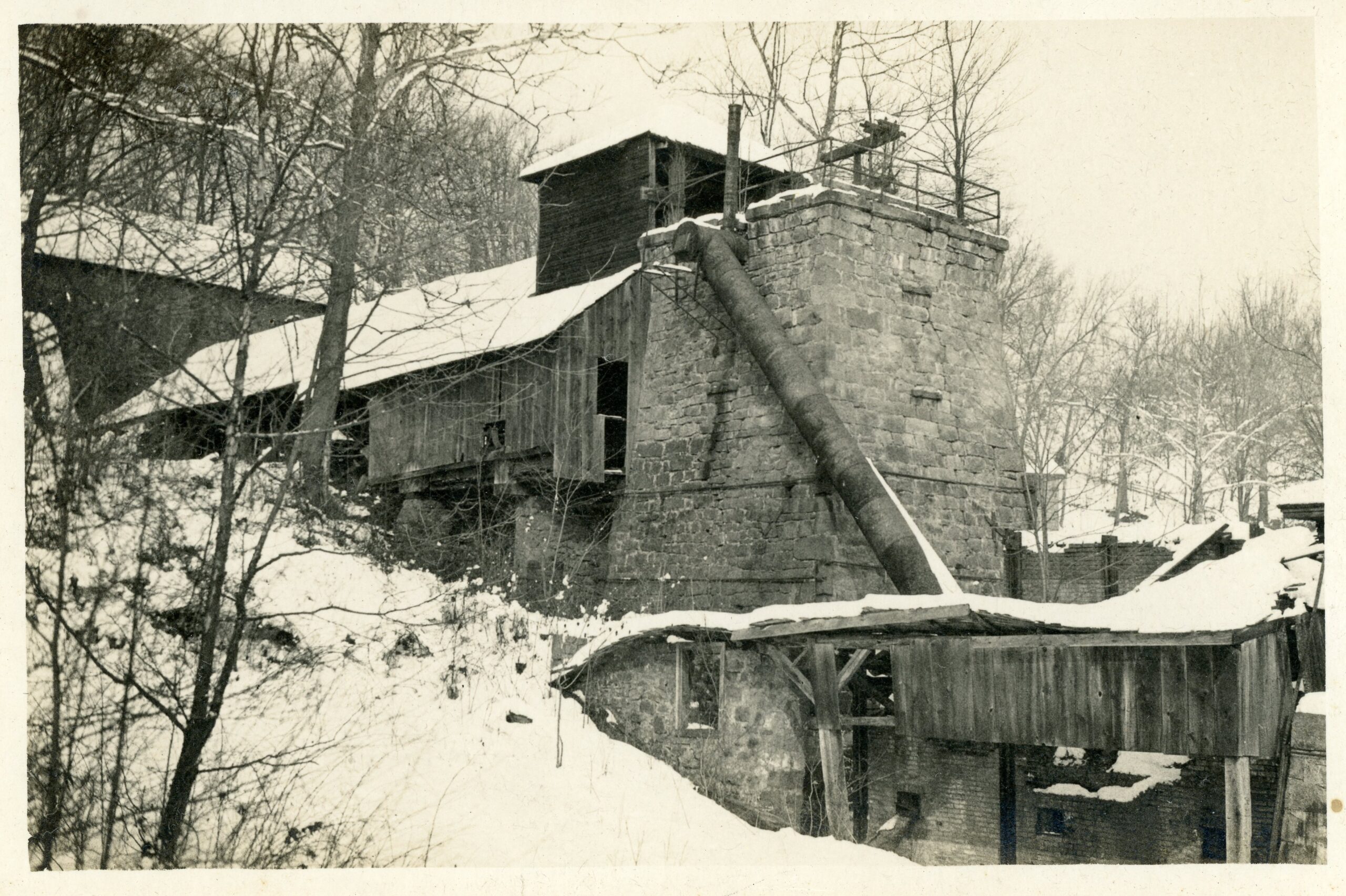
1916 photo of the furnace, courtesy of the Historical Society of the Cocalico Valley’s Stauffer Collection.
By the time the Hay Creek Valley Historical Association became the stewards of the remaining property, in 1979, many resources had been demolished, but those that remain form one of the most industrially significant sites in Berks County. A recent Keystone Historic Preservation Grant supported the stabilization of the furnace’s bosh, the firebrick lining of the lower funnel-shaped section of the blast furnace, where the temperatures were the hottest.
Can you tell me a little bit about your organization? Do you have any paid positions, or is it entirely volunteer?
We have 600 members and a core group of volunteers who accomplish most of the work. For most of the organization’s 47 years of existence, a volunteer force has kept the site alive. I am the only paid staff, and I have been with Hay Creek for 17 years. I oversee annual events and manage day to day activities, and I also help move the organization in new directions.
Hay Creek Valley Historical Association (HCVHA) started in 1975 as a small historical organization. They were approached by Bethlehem Steel in 1979 with an offer to acquire the site. At that time, HCVHA didn’t have a home. Bethlehem Steel donated the site to Hay Creek, but with a restriction noting that the property would revert to Bethlehem Steel’s ownership if something happened to the group.
The deed restriction was removed in 2019, so now the property is fully owned by HCVHA. Previously, the organization had some trouble obtaining loans to make improvements because they didn’t own the property, but now they have more opportunities to advance preservation activities.
As I was doing some research about the organization, I was struck by the many different events and activities HCVHA hosts or sponsors. What part of HCVHA’s work do you think is the most meaningful and why?
Prior to creating a paid position, events were primarily held in the fall, including an Apple Festival. However, in the past 17 years we’ve been able to expand activities throughout the year.
We now have monthly events and a strong program for school groups, which is a little different from some other sites. Each student is involved in a hands-on craft activity. School trips also include a tour of the historic buildings. The tour involves a game — as students move from building to building, they obtain a letter. After visiting each building, they unscramble the letters to spell a word related to what they learned.
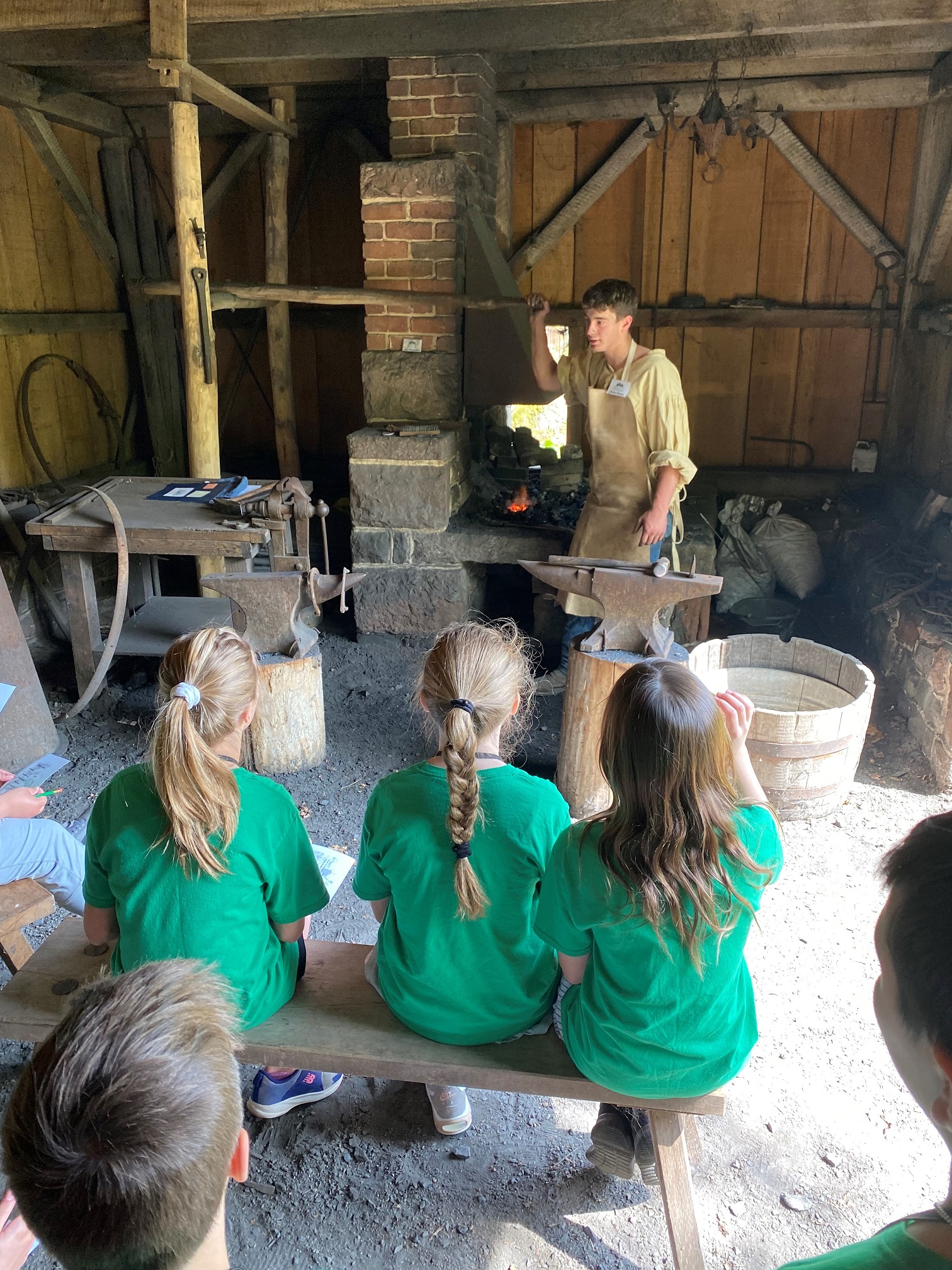
HCVHA volunteer demonstrating in the blacksmith shop for a school group. Photo courtesy HCVHA.
The most meaningful work involves working with the volunteers and offering educational programs to the local schools.
My colleague and I recently visited Joanna Furnace because HCVHA was a past recipient of Keystone Preservation Grant and were impressed with HCVHA’s stewardship of the Furnace property and management of the grant project. As a primarily volunteer organization, how has HCVHA cared for and maintained the buildings on site? What advice do you have for other organizations caring for centuries-old buildings and grounds?
Our entire 26-acre site is maintained by a Thursday volunteer crew. We do not have paid contractors to do mowing and trimming. Each week, about 30 volunteers come out. Our events in the fall average between 40-75 volunteers.
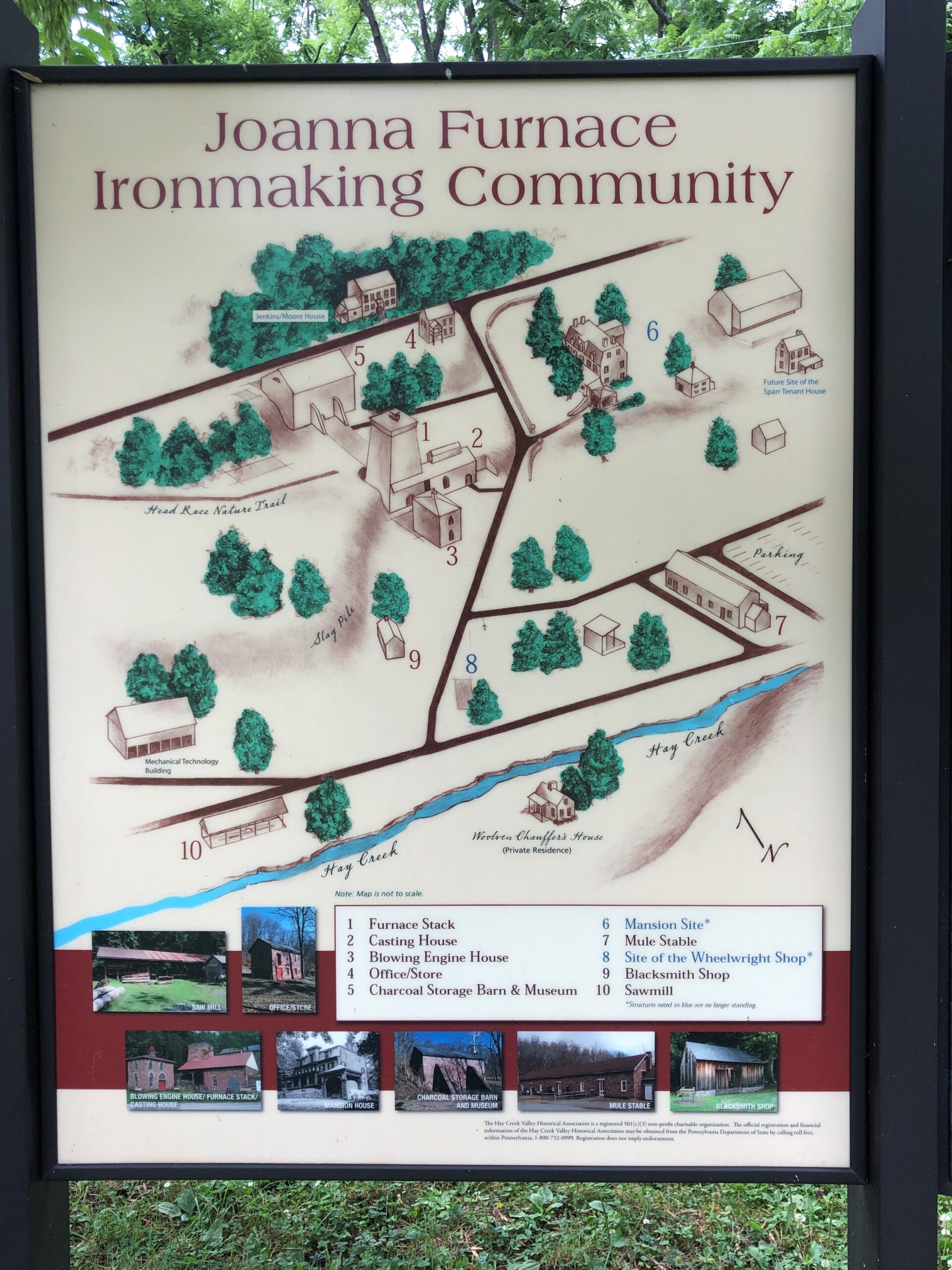
Map of the Joanna Furnace site.
We utilize volunteers for basic maintenance of the buildings and structures, but we outsource preservation work to contractors with appropriate expertise. For example, Phase 1 of the bosh project was done by a contractor with experience moving historic lighthouses.
We apply for grants to assist with completing major projects.
I take pride knowing we are a community-based historic organization. We aren’t a government organization. We often host people from state and national organizations wanting to see how we do things. A couple of decades ago, we were asking them for advice. I believe that that the more you can engage the community into the preservation of local history, the more successful you will be.
I noted that only a few buildings survive at Joanna Furnace as part of a much larger operation. What work has HCVHA done – like archaeology or in-depth historic research – to better understand the history of the site and the resources that are no longer there?
When we acquired the site, the current buildings were dilapidated. We needed to complete preservation work on the charcoal barn, including hiring a mason to repair the walls, and then we installed a slate roof.
In 2020, we reconstructed the furnace wheelwright shop. This work was based on archaeology completed at the site. We didn’t know where the windows were once located in the shop, but archaeology discovered where glass once existed. That is where we added glass on the sides of the building.
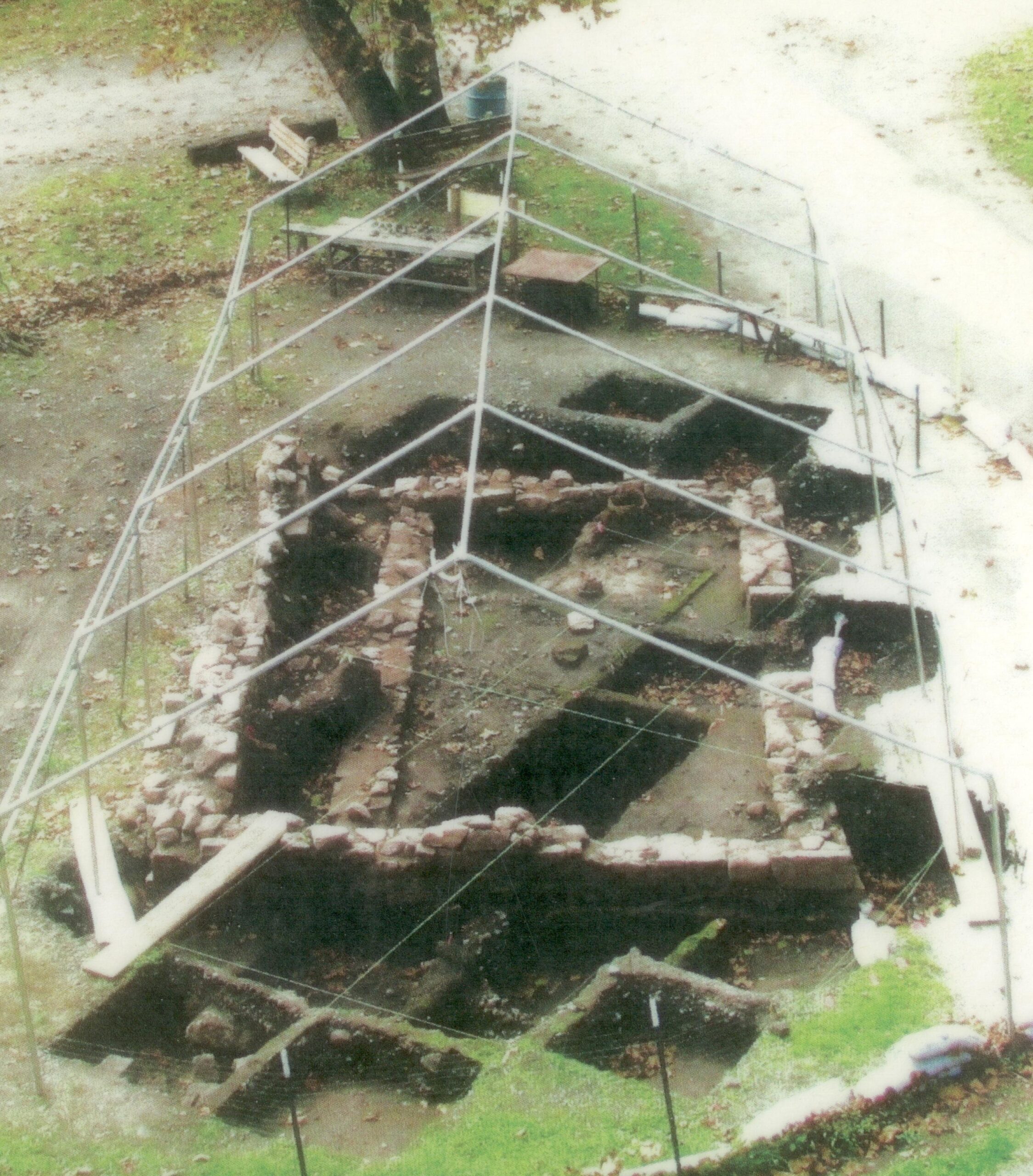
The Wheelwright Shop under archeological investigation, c.2010. Photo courtesy HCVHA.
We always conduct archaeological investigations in advance of reconstruction or restoration projects.
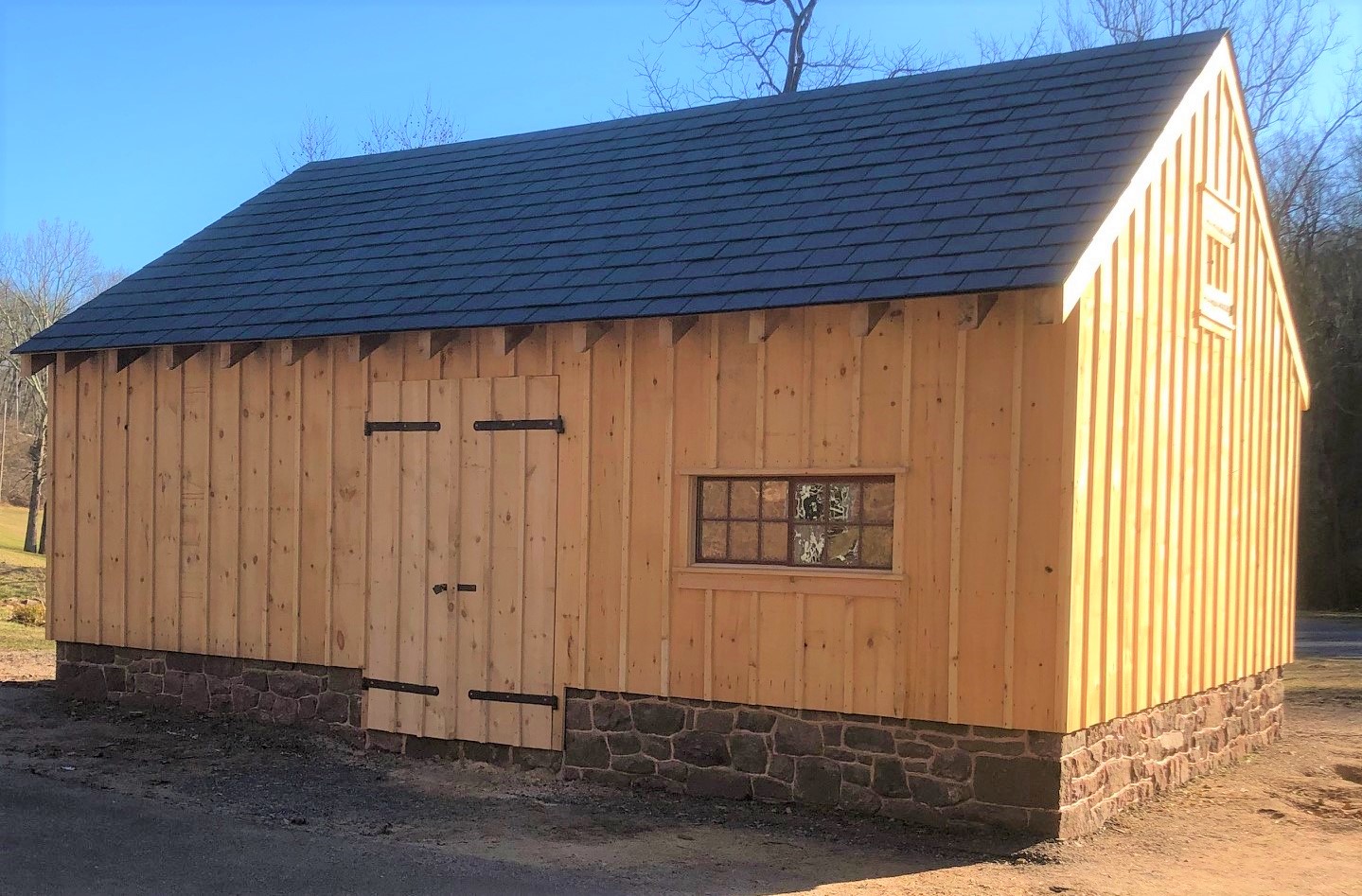
The recently reconstructed Wheelwright Shop, c.2020. Photo courtesy HCVHA.
Prior to our involvement on the property, Bethlehem Steel demolished the iron master’s house, bank barn and carriage house. Recently, a Kutztown University archaeology field school uncovered some of the original basement wall and found quite a few artifacts from the iron master’s house. We hope to have the students come back in the upcoming years to continue work around the mansion.
We would like to pursue reconstructing one of the last tenant houses, located on the other side of Rt 10. It is currently a remnant, and we would like to have the stone shell moved and reconstructed on the site for use as an administrative area – an office, visitor center, place to show an orientation video, and a starting point for self-guided walking tours.
This would also allow us to expand our historic cooking fundraisers. The tenant house has an open-hearth fireplace where we could hold the cooking fundraisers. This is the only domestic structure remaining since all others were torn down by Bethlehem Steel. Ideally, we would like to add heating and air condition to the building. Currently no other buildings on the site have a controlled environment temperature. The cost estimate for this project came in at over $700K, so we will need to do lots of fundraising.
How has your bosh preservation project been going? What’s next?
Phase 1 dealt with the lower part, to address structural issues before it would collapse. The goal was to make it stable. Phase 2 will involve the archways of the furnace, with a focus on the 3rd arch. Phase 2 will cost $500K, but people can’t see this part of the furnace, so it is harder to understand. 90% of the furnace is original to 1898. Historically, after each blast, the lower part of the bosh would be pulled out and rebuilt.
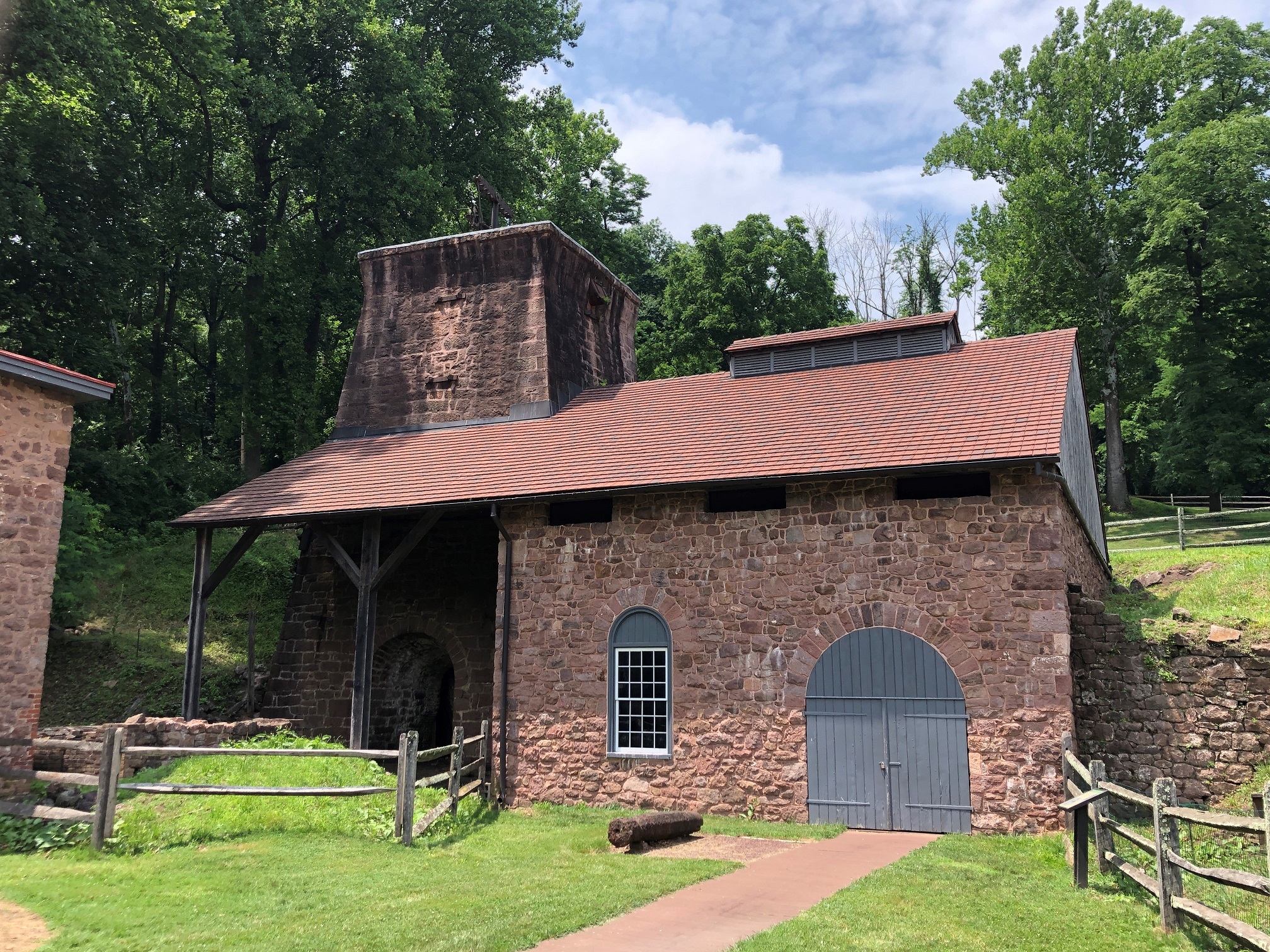
A recent Keystone Grant helped stabilize and repair the bosh (the smelting chamber within the furnace structure), which was very deteriorated.
The upper part of the bosh is older than 1898 and possibly dates to 1850s-60s. This part of the bosh is in good shape. In WWII most metals were scrapped at the furnace to support war efforts. At that time, someone capped the furnace stack with concrete. This effort saved the furnace!
A very valuable asset at the site is the hot blast area. This is where the gasses were trapped from the top of the furnace and forced down into the hot blast area. Brick heat chambers are underground. Archaeological investigations uncovered the brick heat chambers. There may not be another historic furnace in the county that has original brick heat chambers, therefore we would like to cover them properly so they can be preserved and interpreted.
Are there other organizations, people, or companies you’d like to acknowledge for their contributions to HCVHA and Joanna Furnace and its success?
All the volunteers! They are a dedicated force. We receive very little funding from government, donations, and sponsorships. If it wasn’t for our volunteers, we wouldn’t be here!
Comment Policy
PHMC welcomes and encourages topic-related comments on this blog. PHMC reserves the right to remove comments that in PHMC’s discretion do not follow participation guidelines.
Commenters and Comments shall be related to the blog post topic and respectful of others who use this site.
Commenters and Comments shall not: use language that is offensive, inflammatory or provocative (this includes, but is not limited to, using profanity, obscene, or vulgar comments); disparage other commenters or people; condone illegal activity; identify the location of known or suspected archeological sites; post personal information in comments such as addresses, phone numbers, e-mail addresses or other contact details, which may relate to you or other individuals; impersonate or falsely claim to represent a person or an organization; make any commercial endorsement or promotion of any product, service or publication.
If you would like to comment on other topics not related to this blog post but related to PHMC, please fill out the PHMC Contact Us Form.
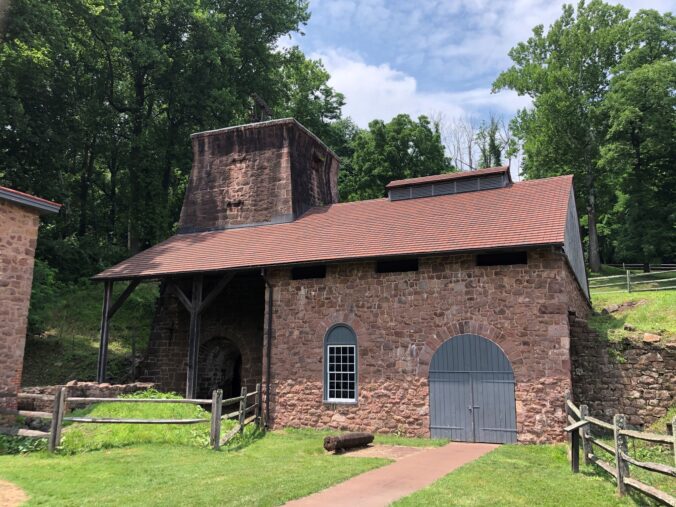
Leave a Reply